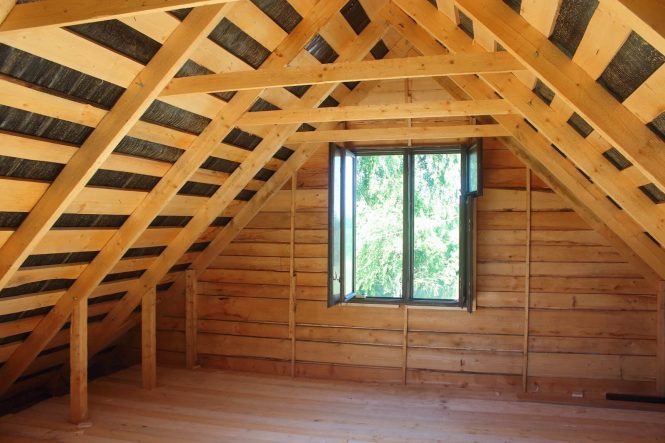

Fixing sagging roof problems is a crucial home maintenance task. A sagging roof can lead to significant structural damage and costly repairs if left unattended. This comprehensive guide will walk you through the various causes, assessment methods, and effective solutions for fixing sagging roof problems. This guide will be broken down into sections: Understanding the Causes of Sagging Roofs, Evaluating the Extent of Damage, Effective Repair Strategies, and Preventative Measures to avoid future issues.
Understanding the Causes of Sagging Roofs
Sagging roofs can result from a range of issues, each with its own potential repair strategies. Common causes include insufficient or faulty installation, structural issues like settling foundations, and the accumulation of debris, moisture damage, or the weight of improperly installed fixtures. Understanding the root cause is critical before embarking on any repair process. Incorrect installation can lead to structural instability over time. Inspecting the support beams and checking for any signs of rot or damage can prevent potential hazards. Water damage is also a major contributor. Heavy rainfall, improper downspouts, or clogged gutters can lead to water pooling and gradual deterioration of the roof structure. High wind conditions can also contribute to the sagging roof issue.
Evaluating the Extent of Damage
A critical step in fixing sagging roof problems is assessing the extent of the damage. This includes a visual inspection to identify signs of sagging or unevenness in the roof, such as drooping sheets or shingles. Further inspection should investigate signs of leaks, water stains on the interior ceilings, and any significant cracks or structural damage. Conducting a careful visual inspection is crucial in understanding the scope of the problem. Be sure to check areas such as valleys, ridges, and hips as these can have a greater concentration of stress. A qualified roofer can provide a more comprehensive assessment, identifying the potential long-term problems.
Effective Repair Strategies
Effective repair strategies for sagging roof problems depend heavily on the cause and extent of the damage. Minor sagging issues might be solved with straightforward repairs like adding support beams or reinforcing the structure. For more significant issues, structural support is crucial, and a thorough assessment is necessary before applying any solution. Consider applying reinforcing materials. Reinforcement techniques can be used to restore structural integrity and help strengthen areas that are sagging. Installing new supports or reinforcing existing ones can provide additional strength to the roof structure. A certified professional should inspect the roof to determine the precise repairs needed.
Preventative Measures to Avoid Future Issues
Preventing future sagging roof problems requires a proactive approach. Regular maintenance, including gutter cleaning and ensuring proper drainage, is crucial. This helps prevent water accumulation and damage to the roof structure. Properly maintaining your gutters is essential to prevent water from accumulating at the edges of the roof. Inspecting the roof for any damage after major weather events is also important. Routine inspections can identify potential issues early and help prevent significant damage in the future. Professional inspection can help identify problems and prevent major issues.
Common Roof Issues and Solutions
This section focuses on common roof issues that can lead to sagging, and provides solutions to resolve each problem. One common issue is a settling foundation, which can cause the roof to sag gradually. The support beams of the roof can move and put additional stress on the roof, causing it to sag. Another common cause is improper installation techniques. Improperly installed components or materials can weaken the structure and make the roof prone to sagging over time. Roof sagging can also be caused by insufficient structural support. If support structures are not adequate or missing, the roof can sag. Using proper reinforcement techniques is critical.
How much does it cost to fix a sagging roof?
The cost of fixing a sagging roof depends on the severity of the damage, the extent of the repairs, and the materials used. Minor repairs might range from a few hundred dollars to a few thousand dollars. Major repairs might cost tens of thousands of dollars. Getting a professional assessment from a licensed contractor is the best approach to determine the appropriate repair cost.
How often should I have my roof inspected?
Regular roof inspections are crucial for preventative maintenance and early detection of issues. Inspections should be performed at least once a year, especially after periods of heavy rain or intense weather. A professional inspection is strongly recommended. More frequent inspections may be necessary for older roofs or those located in areas with harsh climates.
What are the long-term effects of a sagging roof?
Left unaddressed, sagging roof problems can lead to significant long-term structural damage, water damage, interior mold, and increased repair costs. It’s crucial to get any roof problems fixed promptly to prevent further damage.
What are the signs of a sagging roof?
Signs of a sagging roof include visible drooping or unevenness in the roof surface, water stains on interior ceilings, and cracks or structural damage. A sagging roof might also produce noises that could indicate additional damage to the underlying structure. A qualified roofer should be consulted to perform an inspection to detect early signs of sagging roofs.
In conclusion, fixing sagging roof problems requires a systematic approach that considers the root cause, material assessment, and qualified repair methods. By following the steps outlined in this guide, homeowners can effectively address sagging roofs, preventing further damage and ensuring long-term structural integrity. For a comprehensive solution, consult a licensed contractor for a proper assessment and repair plan. Contact us today for a free consultation! Don’t wait for the problem to escalate. Proactive roof maintenance is crucial to preserve the structural stability and aesthetic appeal of your home, saving you significant repair costs in the future.